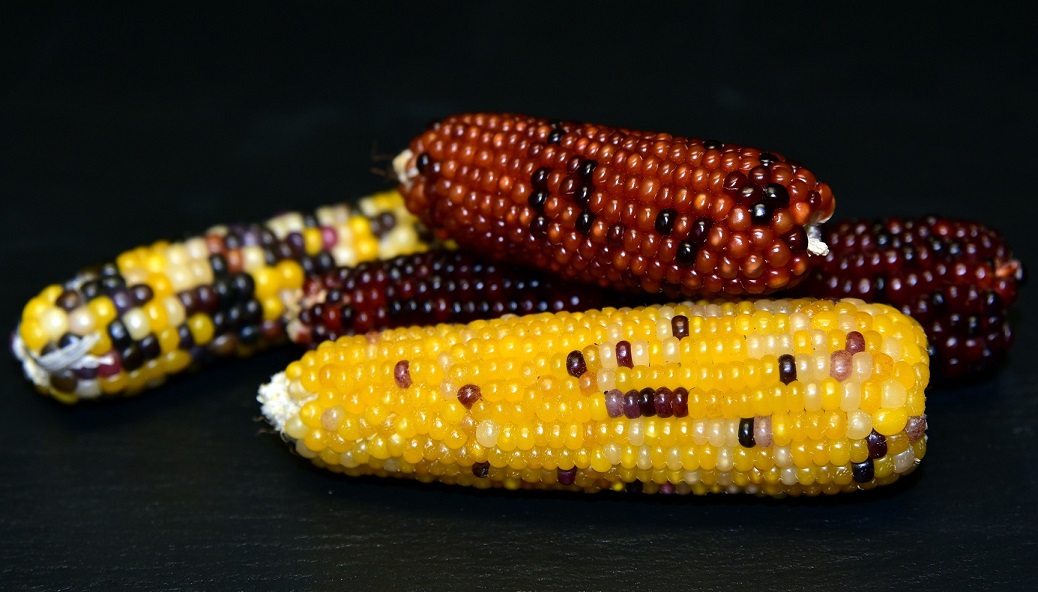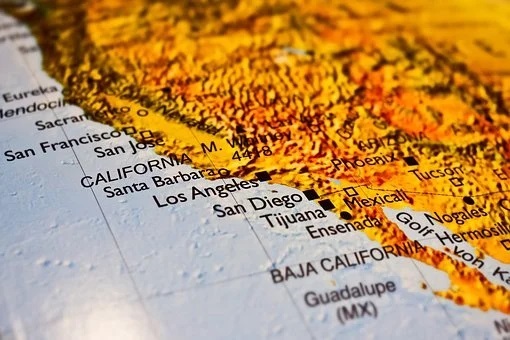Mexico buys an estimated 15 million tonnes of genetically modified maize from the US. Even so, its production is minor compared to the other varieties present in Mexico’s rich and varied diet.
 It is the other way around in the United States: it is the most exported and almost all of its production is already genetically modified.
It is the other way around in the United States: it is the most exported and almost all of its production is already genetically modified.
But Mexico rejects it as unhealthy for humans. This is logical considering that maize, which has been cultivated there for more than 10,000 years and whose existence is even older than that of the potato, which originated in Peru, originated there. US producers are putting pressure on the US Department of Agriculture to force Mexico to accept it, which is why its head, Tom Vilsack, made an official visit at the end of November, but he was unable to persuade the government of President Andrés Manuel López Obrador to accept it.
Nor could oil companies use fracking (extraction of shale gas by hydraulic fracturing).
These yellow corn pressures are now intensifying ahead of the upcoming T-Mec North Summit on 9-10 January with US President Joe Biden and Canadian Prime Minister Justin Trudeau.
However, López Obrador is not giving in, although he has not closed the door to some kind of arrangement that does not harm or deteriorate trade relations.
 López Obrador suggested that health authorities in both countries conduct a study on the content of US yellow maize, which may be genetically modified, to find out whether it is harmful to human health.
López Obrador suggested that health authorities in both countries conduct a study on the content of US yellow maize, which may be genetically modified, to find out whether it is harmful to human health.
Mexico will ensure that it is a reliable analysis, without cheating, because of its massive consumption among its 127 million inhabitants, for whom the national production of the grain is not sufficient, despite its enormous harvests.
The Mexican president said that the idea is for the Food and Drug Administration (FDA) and the Federal Commission for Protection against Health Risks (Cofepris) to carry out this investigation and scientifically determine the effects of this product.
The issue arose in the face of a new White House threat to turn to the Free Trade Agreement if it does not achieve a favourable solution to the Mexican ban, which is not official until 2025, but active in practice. (PL)
(Translated by Cristina Popa – Email: gcpopa83@gmail.com) – Photos: Pixabay












.jpg)












